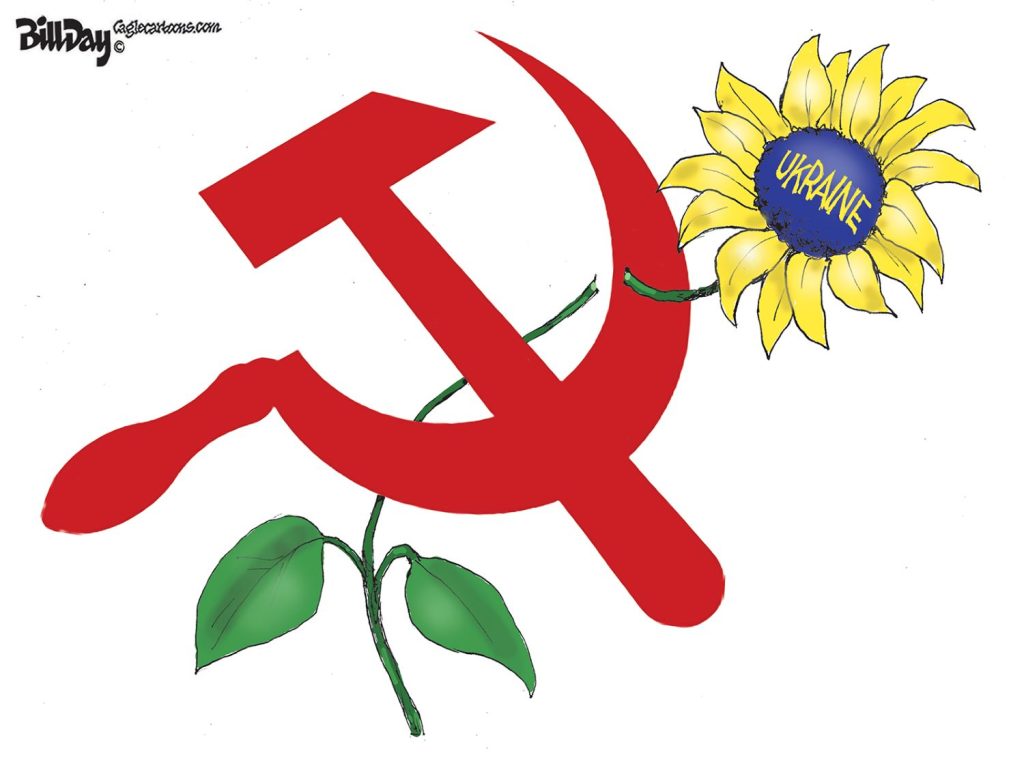From ProPublica:
With increasing signs that the economy is laboring, most economists agree that a short-term infusion of spending, or an extension of this year’s temporary cut in Social Security taxes, could help fend off a new downturn. But whatever one thinks of the debt deal — and most of its billions in cuts won’t come for a few years — there’s a near-consensus in Washington against spending increases.
Here’s a brief overview of some key stats on where the economy stands.
- Annual rate at which the GDP grew this year: 1.3 percent between April and June, 0.4 percent between January and March
- Average annual GDP growth from 1998-2007: 3.02 percent
- Total jobs lost since January 2008: 8.7 million
- Total jobs recovered since January 2008: 1.8 million
- Recession technically ended: over two years ago, in June 2009
- Unemployment rate in July 2011: 9.1 percent
- The “natural unemployment rate“: 5 percent
- Months that the unemployment rate has been around 9 percent or more: 28
- Number of unemployed people in July 2011: 13.9 million
- Number of long-term unemployed people in June 2011: 6.3 million, or 44.4 percent of the unemployed
- Number of long-term unemployed people in July 2011: 6.2 million, still about 44.4 percent of the unemployed
- Government jobs cut in July, federal, state, and local: 37,000
- Pace at which jobs were added throughout the late 1990s: 350,000 per month
- Jobs that the Bureau of Labor Statistics initially reported were added in June: 18,000
- Jobs that were added in July: 117,000
- Percentage of the population that’s employed as of July: 58.2%
- Percentage of the population that was employed at the end of the recession in June 2009: 59.4%
- Jobs the U.S. needs to create to 5 percent unemployment rate: 6.8 million, as of January 2011
- Years it will take to get back to an unemployment rate of 5 percent: four years if we’re adding jobs at 350,000 per month; 11 years if we’re adding jobs at the 2005 rate of 210,000 per month
- Unemployed workers per job opening: 4.64 as of May 2011, the most recent month for which data on job openings was collected (3.0 million job openings in May 2011; unemployed people in May 2011: 13,914,000)
- Number of people who weren’t in the labor force, but wanted work, as of June 2011: 2.7 million
- The last time the labor force participation rate was lower than it is now: 1984
- The amount of state budget spending that comes from the federal government: about 1/3, or $478 billion in 2010
- Increase in before-tax corporate profits in the first quarter of 2011: $140.3 billion
- Percentage of Americans’ total personal income that comes from federal funds: almost 20 percent
- Spending cuts in the proposed budget: at least $2.3 trillion over a decade from 2012-2021
- How long you can currently receive unemployment benefits: up to 99 weeks
- The number of those weeks funded to some extent by federal aid: up to 73
- People currently relying on federal unemployment benefits: 3.8 million
- How long you’ll be able to receive unemployment benefits if you lose your job after July 1, 2011: 20 to 26 weeks, depending on your state
- Recovery-funded jobs reported by recipients, according to recovery.gov: 550,621
- Amount of stimulus money left to be spent: $122.8 billion of the original $787 billion
The economy by your numbers (suggested by our readers on Twitter):
- 85 percent of college graduates are going to return home to live with their parents after college, according to a May 2011 poll by Twentysomething Inc. Suggested by @SuzanneMcGeeNYC
- The national debt is 95 percent of our GDP (Total debt = $14 trillion. GDP = $14.66 trillion as of 2010) Suggested by @David_McClurkin
- Just over 80 percent of “prime age” American men (between 25 and 54) are employed today, compared to 95 percent in the late 1960s. According to OECD data, the U.S. has the lowest labor force participation rate for prime age men of any G7 country.



I don’t think we’ll ever see a recovery of the growth economy that got us where we are. Consumption without production is not sustainable. The days of two income families and consumer credit backed by phantom property appreciation are over.
I suggest that folks retool their lives (literally) and get used to doing more with less, repairing and reusing before recycling, growing their own, and getting around on their own power or figuring out how to get by without getting around so much.
It’s really not that hard to live a very fulfilling life without a lot of money. My family of four gets by very nicely on a median ($50,000) income. Our lives are enriched in the process of making our own products, buying locally, bartering and trading for services, sharing resources with neighbors and entertaining ourselves with the cultural creativity of our local community.
Yeah, we don’t have have all the latest gizmos, don’t go on expensive vacations, and my kids wear mostly hand-me-downs, but we’re healthy, happy and most importantly, not afraid to lose what we really couldn’t afford in the first place.
Voluntary simplicity is security. Consumption is a disease.